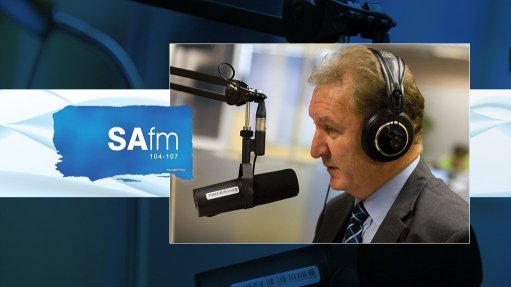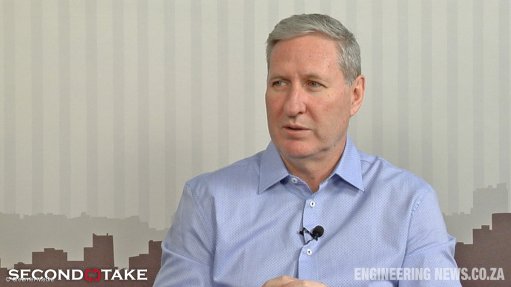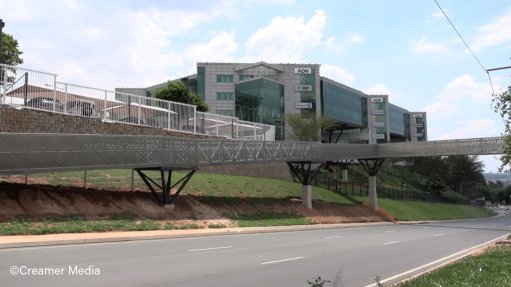Ratite reckoning
Can it survive the ‘nervous nineties’ and reach a 100 not out? In case you are keeping score, it has survived for 33 419 days, but the real question is about the next 3 061.
It seems that, similar to a batter in cricket, it has, in its nineties, become more anxious and prone to making errors as it faces heightened pressure and potential pitfalls.
Suppose you take issue with my calculation, contending that it was established on September 3, 1929, instead of February 1, 1934. In that case, it only needs to survive for another 1 494 days. Even so, is the possibility of its existence past 100 years a realistic expectation? In its current state, it might well be an unsellable asset, but whether it would be ostracised from the State-owned enterprises (SOEs) group remains to be seen.
Do you have any idea what I am talking about? Would ‘error’ be a hint? Probably not within the context of SOEs. What about an ‘accounting error’? Also not? Do you still require me to narrow it down a bit more? Are you stumped or are you out for a duck, to use more cricket metaphors? If you still are, how about a lack of a keel? A keel? It provides an anchor to which a bird’s wing muscles are attached, thereby providing adequate leverage for flight. This explains the headline of this piece.
Ratites is a polyphyletic group consisting of all birds within the infraclass Palaeognathae that lack keels and thus cannot fly. They are primarily large, long-necked and long-legged, the exception being the Kiwi, which is also the only existing nocturnal ratite.
Just in case you were wondering, non-flying birds have historically gone extinct at a faster rate than their flying counterparts, primarily as a result of the fact that flight-lessness often evolves in isolated island environments, where birds become more vulnerable to introduced predators and habitat changes caused by human activities.
So, is South African Airways (SAA) finding itself on an island of despair, and will its wings be clipped anytime soon? How long will it take before the South African government calls time on the SAA experiment? To conclude with the cricket metaphors, why not simply declare?
On July 17, at its AGM, SAA published its audited results for the 2023/24 financial year, which were ten months late. It raises the obvious question about whether the audited results for the 2024/25 financial year will be published at the end of September. It is a rhetorical question, I fear. Although not addressed, the reason for the delay, as stated by the SOE, was that it had to finalise the previous year’s report first. At least the dog did not eat the homework.
After initially posting a profit of R71-million for the 2024 financial year, down from R210-million for the 2023 financial year, SAA revealed that, owing to a “major accounting error”, it had, in fact, posted a loss of R354-million. Quick question: Why does the South African government – departments and SOEs – denominate its loans in US dollars and everything else in rands?
A ‘major accounting error’? The Generally Accepted Accounting Principles distinguishes between a ‘Big R’ restatement and a ‘little r’ restatement. Yes, the ‘B’ is in a capital letter, while the ‘l ’ is not. So, what type of error? This reminds me about how you make a small fortune in aviation. You start with a Big fortune!
According to an article on the mybroadband.co.za website titled ‘SAA reveals R431-million accounting error’, “SAA’s auditors identified R431-million in ‘sundry income’ for the 2024 financial year, which came from the derecognition of its business rescue credit obligations as problematic.”
‘Sundry income’ generally refers to small, infrequent and miscellaneous expenses or income items that do not easily fit into a specific, regular category, which tend to be one-off transactions that are not part of a business’s routine operations. ‘Derecognition’ refers to the removal of an asset or liability from an entity’s balance sheet. ‘Derecognition of business rescue credit obligations’ occurs when the obligation is extinguished, meaning it is discharged, cancelled or has expired.
Will this ‘correction’ mark SAA’s expiration date?
Article Enquiry
Email Article
Save Article
Feedback
To advertise email advertising@creamermedia.co.za or click here
Comments
Press Office
Announcements
What's On
Subscribe to improve your user experience...
Option 1 (equivalent of R125 a month):
Receive a weekly copy of Creamer Media's Engineering News & Mining Weekly magazine
(print copy for those in South Africa and e-magazine for those outside of South Africa)
Receive daily email newsletters
Access to full search results
Access archive of magazine back copies
Access to Projects in Progress
Access to ONE Research Report of your choice in PDF format
Option 2 (equivalent of R375 a month):
All benefits from Option 1
PLUS
Access to Creamer Media's Research Channel Africa for ALL Research Reports, in PDF format, on various industrial and mining sectors
including Electricity; Water; Energy Transition; Hydrogen; Roads, Rail and Ports; Coal; Gold; Platinum; Battery Metals; etc.
Already a subscriber?
Forgotten your password?
Receive weekly copy of Creamer Media's Engineering News & Mining Weekly magazine (print copy for those in South Africa and e-magazine for those outside of South Africa)
➕
Recieve daily email newsletters
➕
Access to full search results
➕
Access archive of magazine back copies
➕
Access to Projects in Progress
➕
Access to ONE Research Report of your choice in PDF format
RESEARCH CHANNEL AFRICA
R4500 (equivalent of R375 a month)
SUBSCRIBEAll benefits from Option 1
➕
Access to Creamer Media's Research Channel Africa for ALL Research Reports on various industrial and mining sectors, in PDF format, including on:
Electricity
➕
Water
➕
Energy Transition
➕
Hydrogen
➕
Roads, Rail and Ports
➕
Coal
➕
Gold
➕
Platinum
➕
Battery Metals
➕
etc.
Receive all benefits from Option 1 or Option 2 delivered to numerous people at your company
➕
Multiple User names and Passwords for simultaneous log-ins
➕
Intranet integration access to all in your organisation














